School as Hub Programming
The Superintendents’ Plan is grounded in the understanding that local elementary schools can serve as community hubs that connect young children, birth–Grade 3, and their families to quality early learning experiences. It draws from decades of research showing that quality early childhood programming provides significant benefits to children.
Four Integrated Components

Home visiting and family facilitation from birth to school enrollment.

High-quality preschool experiences for 3- and 4-year-olds.

Aligned Kindergarten through Grade 3 instruction.

Intentional family partnerships for children birth through Grade 3.
School as Hub News
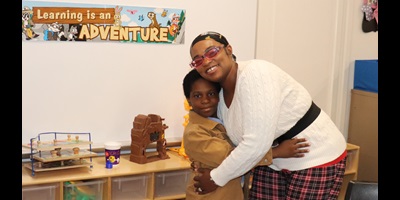
School as Hub: Omaha School Builds Community and Inspires Lifelong Learners
Pinewood Elementary is more than just a school to Maxton Clark. Now 10 years old, he’s been going to the northwest Omaha elementary school since he was just an 8-month-old baby receiving early childhood services alongside his older siblings.
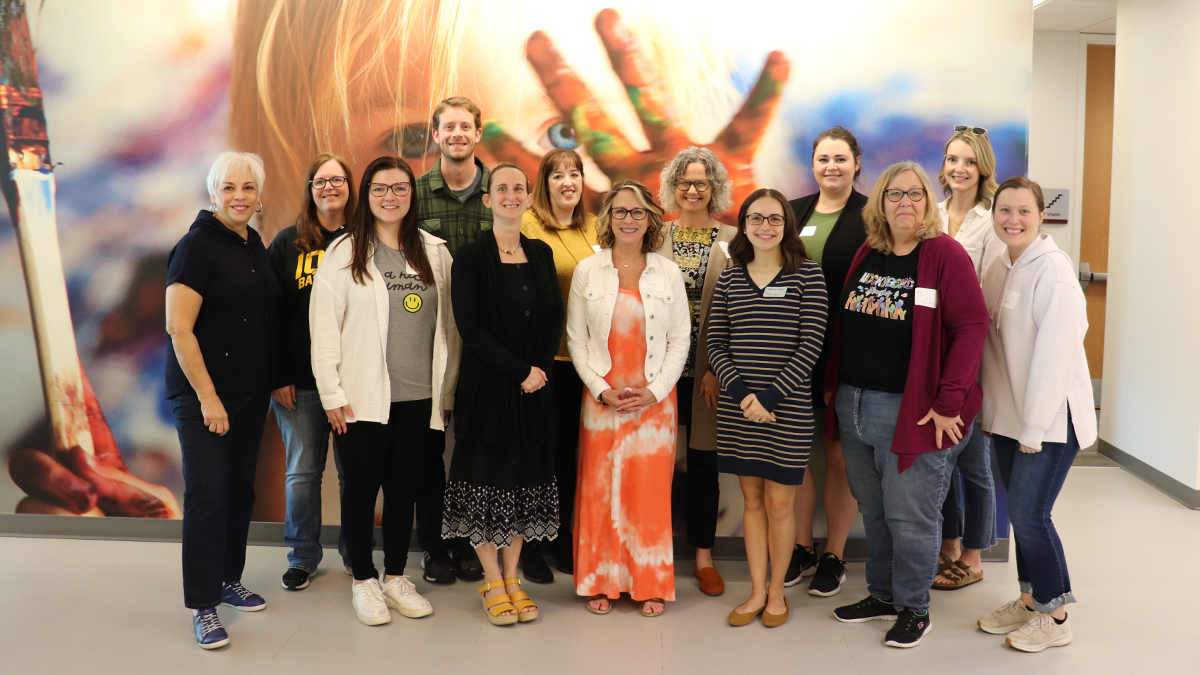
All Teachers are Leaders: Inside the Teacher Leadership Network
The Teacher Leadership Network is a cohort of 16 educators, all committed to professional growth and collaboration, from six Omaha metro school districts. Led by the Buffett Institute, the network has met monthly over the last 18 months for conferences, professional development, and learning workshops.
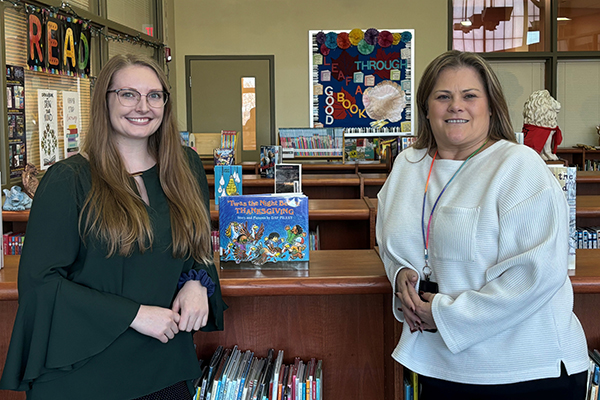
An Omaha School District Is Bridging the Gap Between Schools and Child Care Programs
In many communities, there’s a wall between public school systems and private child care programs. There may be little communication or collaboration. Providers care for younger children and hand them off to their local school when it’s time for preschool or Kindergarten. The Omaha Public Schools is taking a different tack. Two years ago, the district created community facilitator positions intended to bridge the gap between local child care providers and its elementary schools.
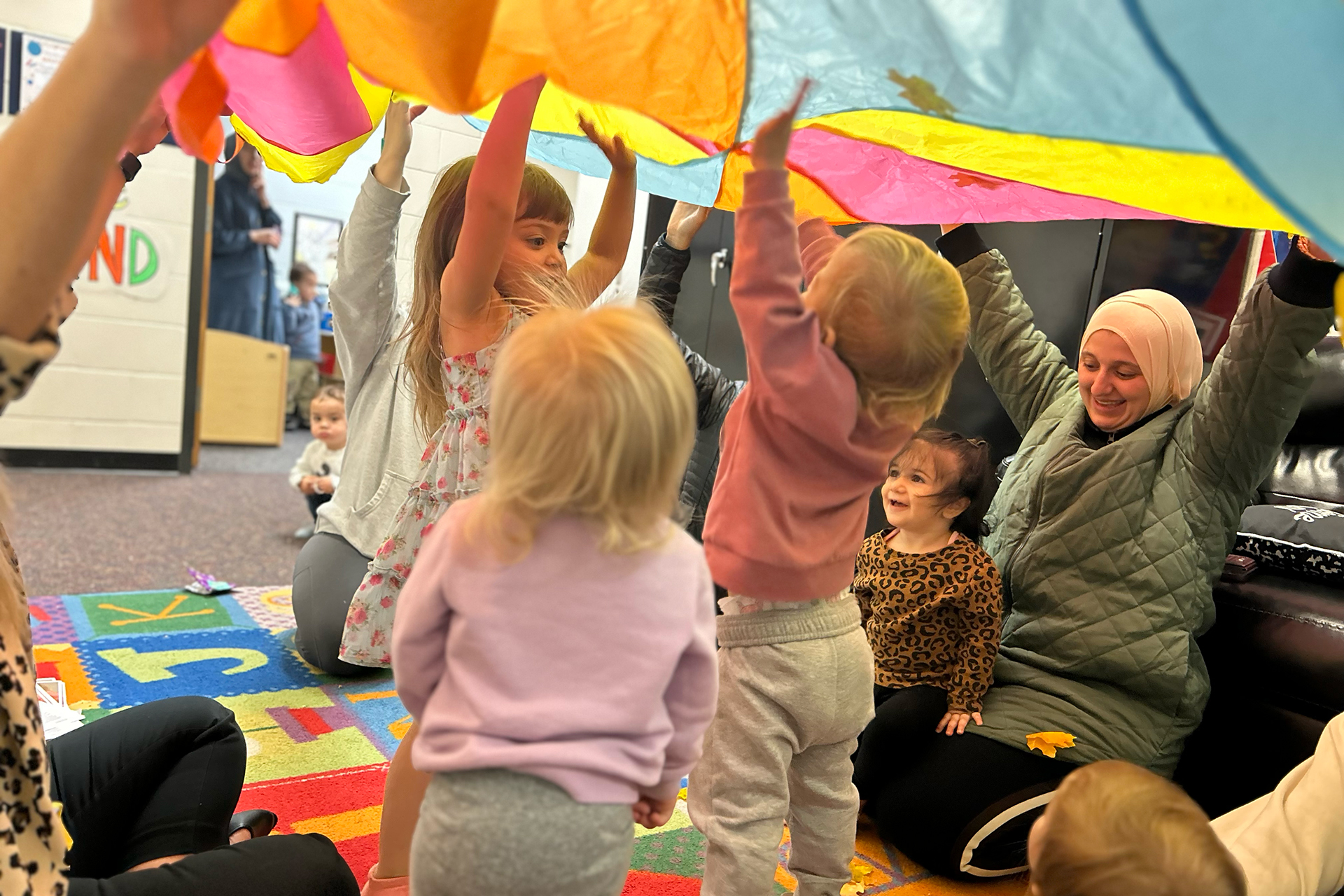
At Westbrook Elementary, Young Children Get to Socialize at After-School ‘Park and Play’
Three times a week, when parents come to pick up their school-aged kids at Westbrook Elementary in Westside Community Schools, they’re able to bring younger children as well. Books, learning materials, and other activities are set out to give the younger kids a chance to socialize and interact with each other.
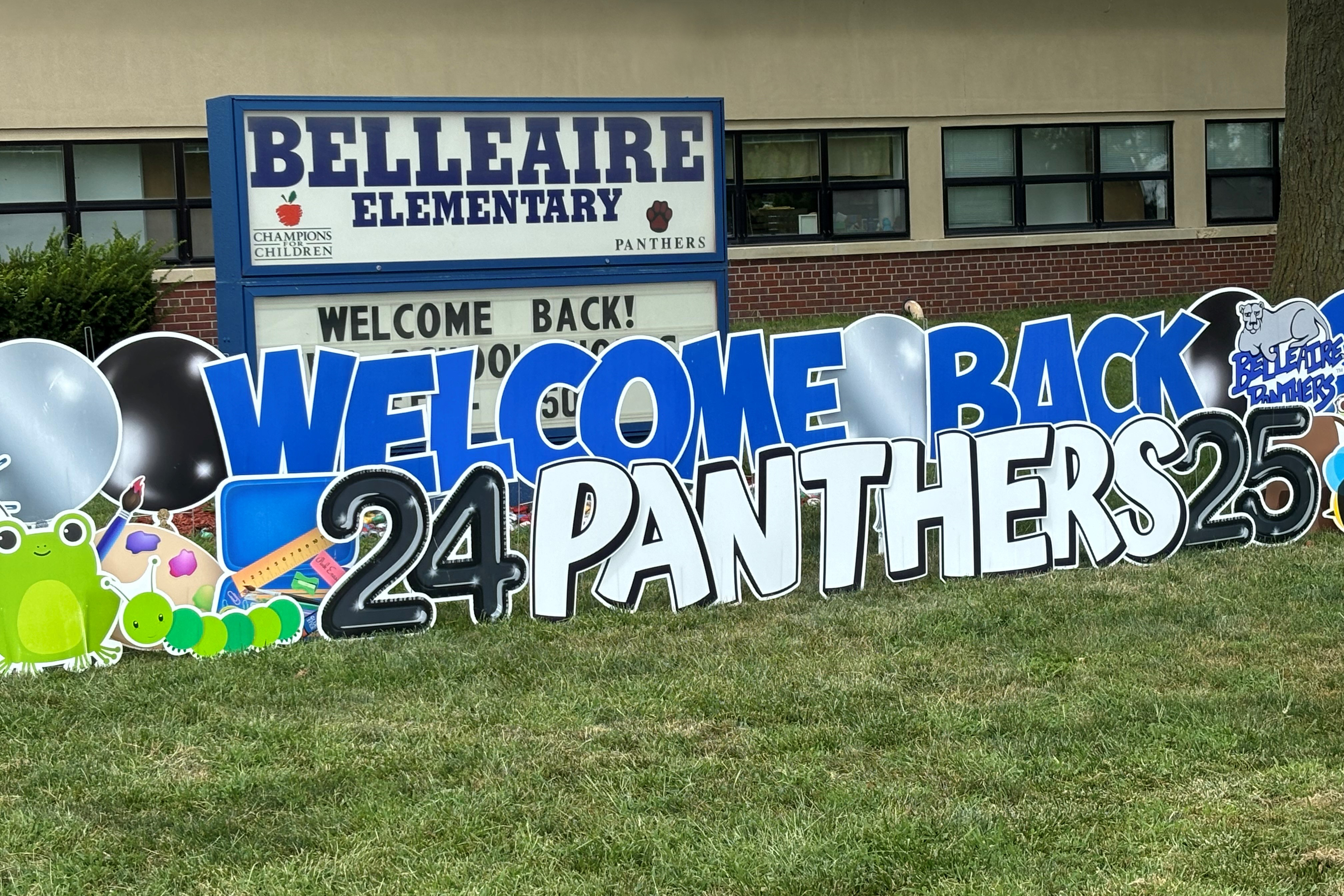
‘Getting to Know You’ Conferences Help Bellevue Parents, Teachers Start the School Year on a Positive Note
Strong, trusting relationships between teachers and families start with five little words at Belleaire Elementary: “Tell me about your child.” Before the first day of school, Belleaire holds “getting to know you conferences.” Parents and families, often with kids in tow, meet with teachers for 15-30 minutes to ask questions and give them more insight into their child—their favorite activities, strengths, any back-to-school jitters.

Connecting at Birth: Millard Schools Are Working Toward Deeper Engagement With Families
The COVID-19 pandemic shifted so much about our daily lives and routines—including how schools and parents interacted. Four years later, family engagement still hasn’t returned to pre-pandemic levels, Millard Public Schools educators said. “(Families) want to be able to come in. They want to feel connected to their school,” said Jason Farwell, principal of Cody Elementary. That’s why one of Millard’s current efforts is solidifying family engagement, a critical component of the School as Hub model under the Superintendents’ Early Childhood Plan.
2025-26 School as Hub Schools
Ten elementary schools across six districts in the Learning Community of Douglas and Sarpy Counties are implementing School as Hub programming in 2025–26. In most of these schools, more than half of the students are eligible for free or reduced lunch.
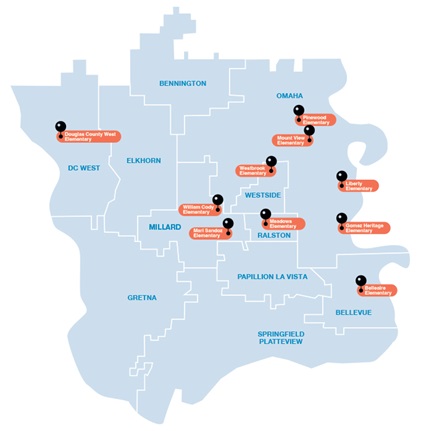
Bellevue Public Schools
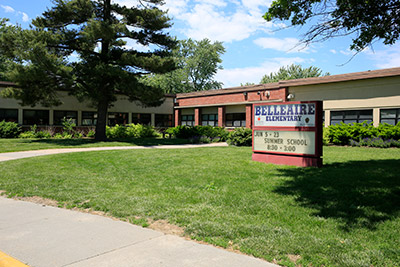
Belleaire Elementary School
Belleaire Elementary School has been proudly serving the Bellevue/Offutt Air Force Base community since 1952. Highly qualified staff, involved parents, active business partners, volunteer senior citizens, and military personnel work together to ensure student success.
-
310 students
-
27 teachers
-
65% free/reduced lunch
-
15% English learners
Douglas County West Community Schools
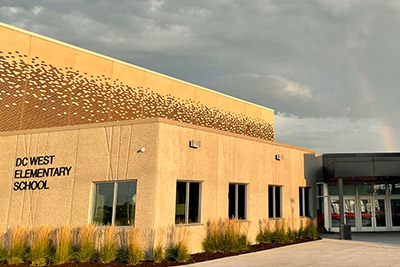
Douglas County West Elementary School
Douglas County West Elementary School’s highly qualified staff serves a growing population of students. DC West has a strong early childhood program with a focus on intervening early to improve learning for children birth through age 8.
-
540 students
-
38 teachers
-
33% free/reduced lunch
-
Less than 2% English learners
Millard Public Schools
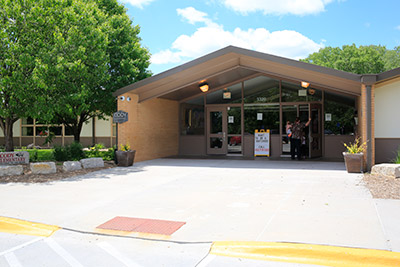
William Cody Elementary School
Cody Elementary guarantees that students will demonstrate personal excellence and an innovative mindset by engaging in a safe and supportive learning environment that ensures growth and meets individual student needs.
-
314 students
-
25 teachers
-
52% free/reduced lunch
-
Less than 3% English learners
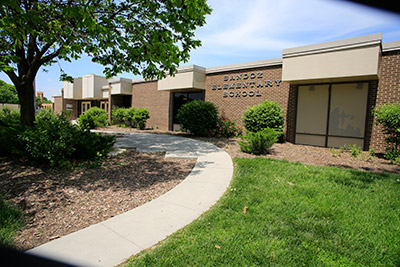
Mari Sandoz Elementary School
Mari Sandoz Elementary School empowers each student to attain the knowledge, skills, and character necessary for personal success by partnering with all students and families in a safe and engaging learning environment that values individual needs, ensures a sense of belonging, and guarantees academic excellence.
-
338 students
-
29 teachers
-
49% free/reduced lunch
-
10% English learners
Omaha Public Schools
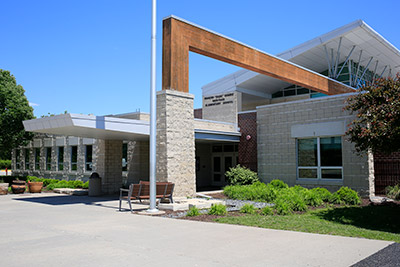
Gomez Heritage Elementary School
Gomez Heritage Elementary, located in south Omaha, serves students in PreKindergarten through Grade 5. The school offers a Spanish dual language program and is an extension of the neighborhood that involves motivated students, parents, staff, and community members to promote the highest potential in all.
-
715 students
-
42 teachers
-
83% free/reduced lunch
-
68% English learners

Liberty Elementary School
Liberty Elementary School serves a varied population of students in Head Start through sixth grade in downtown Omaha. The school provides a model for more focused instruction and a dual language program. Liberty offers many community services to support students, including a school-based health center.
-
641 students
-
39 teachers
-
81% free/reduced lunch
-
55% English learners
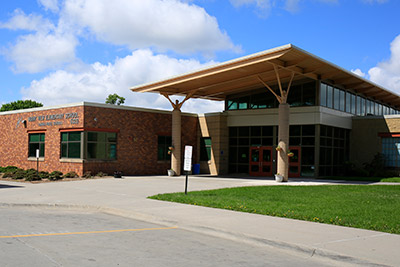
Mount View Elementary School
Mount View School was first opened in 1888 and became part of the Omaha Public Schools in July 1960. Currently, Mount View Elementary, located in north Omaha, serves students in early childhood special education preschool, Head Start, and Kindergarten through fifth grade.
-
326 students
-
17 teachers
-
85% free/reduced lunch
-
25% English learners
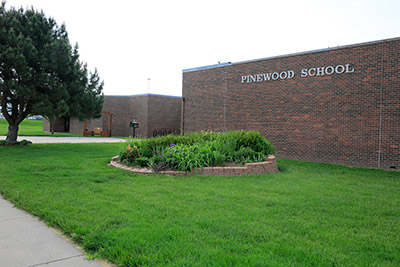
Pinewood Elementary School
Pinewood Elementary School is located in northwest Omaha and is home to students in PreKindergarten through fifth grade. The school’s mission is to teach students to become high achievers, lifelong learners, and responsible citizens.
-
266 students
-
17 teachers
-
83% free/reduced lunch
-
30% English learners
Ralston Public Schools
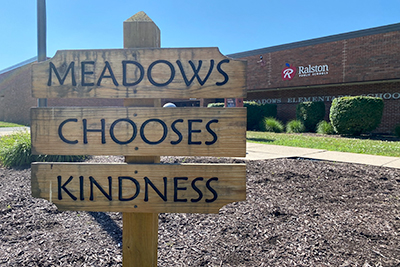
Meadows Elementary School
Meadows Elementary School, serving students in PreKindergarten through sixth grade, has a strong focus on student achievement, collaboration, and leadership. The Meadows FAME (Families About Meadows Excellence) group contributes to a positive school culture by supporting students and teachers in their pursuit of becoming difference-makers.
-
316 students
-
21 teachers
-
55% free/reduced lunch
-
14% English learners
Westside Community Schools
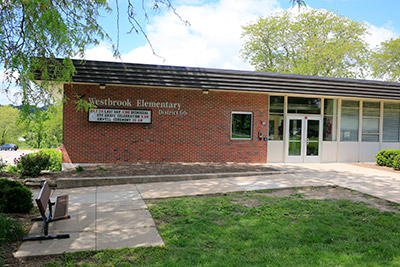
Westbrook Elementary School
Westbrook Elementary is a remodeled junior high school that reopened as an elementary school in the fall of 2005, making it the largest elementary school in the Westside Community Schools district. Westbrook Elementary has a variety of learners from different backgrounds.
-
549 students
-
36 teachers
-
65% free/reduced lunch
-
10% English learners
COOKIE USAGE:
The University of Nebraska System uses cookies to give you the best online experience. By clicking "I Agree" and/or continuing to use this website without adjusting your browser settings, you accept the use of cookies.

